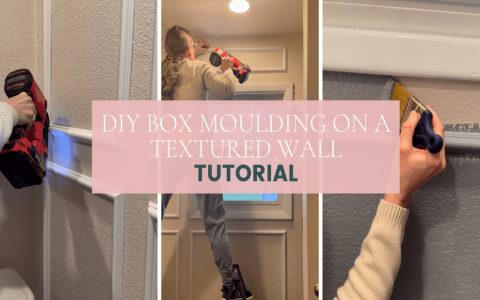Wall textures offer diverse aesthetic and practical benefits, from concealing imperfections to adding distinct character to interior spaces. The application method and material define the final look.
Key Wall Texture Varieties
-
Smooth Finish
Achieved through meticulous sanding and skim coating, this texture provides a sleek, modern appearance. It requires precise application as it highlights any surface flaws. Ideal for contemporary designs.

-
Orange Peel
A subtle, dimpled texture resembling an orange's skin. Applied via spraying, it's effective at hiding minor imperfections and is a common, versatile choice for residential interiors.
-
Knockdown
This texture is created by spraying drywall compound and then flattening the peaks with a knife, resulting in a mottled, slightly flattened appearance. It offers more visual depth than orange peel and has a somewhat rustic or Mediterranean feel.
-
Popcorn (Acoustic)

A heavily textured finish, created by spraying a material containing aggregate particles. Primarily used for ceilings to dampen sound, its popularity has declined due to cleaning difficulties and a dated appearance. Older popcorn textures may contain asbestos.
-
Sand Swirl
Created by adding sand to primer or paint and applying it in swirling patterns with a brush. This method produces a decorative, often formal, finish with a noticeable sandy texture.
-
Comb
This texture is achieved by dragging a comb-like tool through wet joint compound, creating various patterns such as rainbows, fans, or straight lines. It offers a highly customizable and artistic finish.
-
Slap Brush / Crow's Foot
Generated by applying drywall mud and then using a special brush (often double-rolled) to slap or stomp a distinct fan-like or sunburst pattern onto the surface. It's a bold, highly textured look.
-
Venetian Plaster
A luxurious, polished finish achieved by applying multiple thin layers of tinted plaster and burnishing them. This technique creates a smooth, marble-like surface with depth and visual movement, often found in high-end applications.
Each texture type has unique application techniques and visual outcomes, influencing the ambiance and style of a room.












